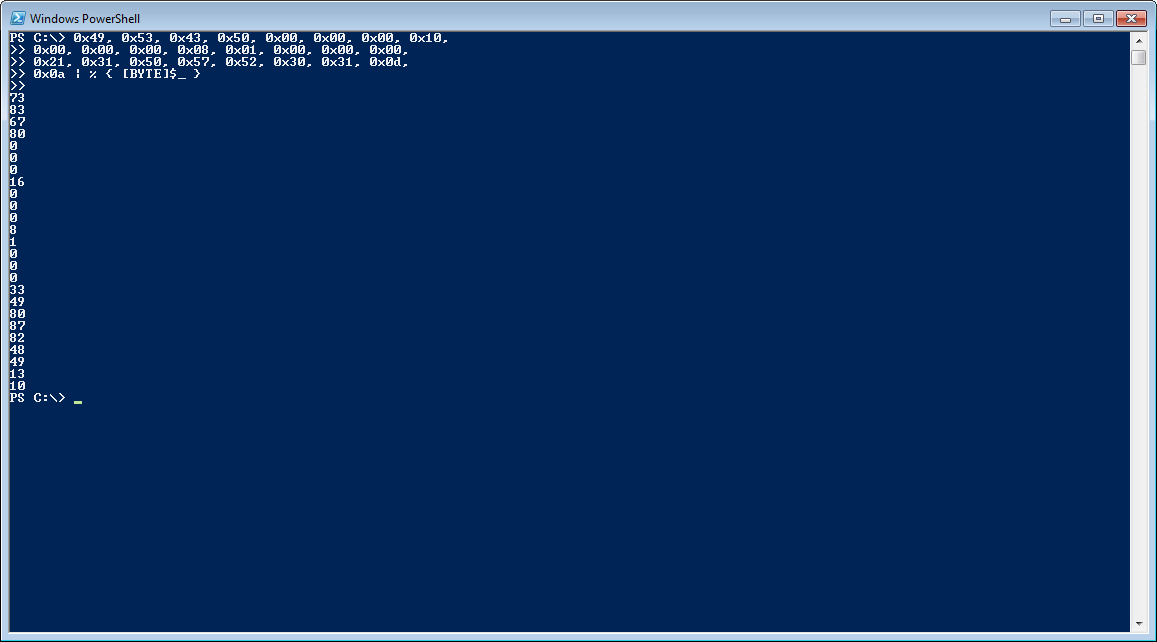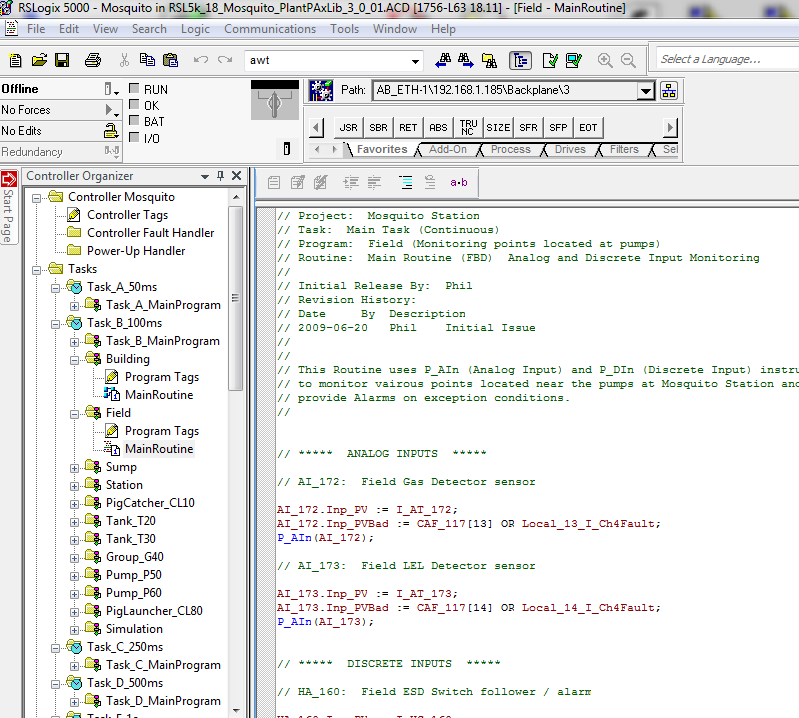

Rslogix copy int to two bytes code#
Welcome to The Automation Blog's “Flashback Friday!” Today I'm highlighting some simple code I wrote and published twelve years ago using RSLogix version 10.
Rslogix copy int to two bytes how to#
How to move/copy two integer values consecutively into one DINT tag, so the first value goes into the first 16 bit of the DINT and the second - into the second part. RSLinx Classic will pack up to 480 bytes worth of tags into a.

The second argument to specifies the start index of the array of bytes. This is the default optimization that occurs when UDT or array optimization does not apply. Type returnedMethodboolchardoubleshortintlongfloatushortuintulongExampleThis example initializes an array of bytes, reverses the array if the computer architecture is little-endian (that is, the least significant byte is stored first), and then calls the method to convert four bytes in the array to an int. In addition to the method in the example, the following table lists methods in the class that convert bytes (from an array of bytes) to other built-in types. data 0 (byte) width data 1 (byte) (width > 8) For converting an integer to four bytes the code would be.

You may have to convert from bytes to a built-in data type after you read bytes off the network, for example. For converting two bytes the cleanest solution is. Any format with multiple bits can be classified into two types signed and. Contributors.In this articleThis example shows you how to use the class to convert an array of bytes to an and back to an array of bytes. That means 256 numbers of combinations or values will be possible in a byte. How to: Convert a byte Array to an int (C# Programming Guide).


 0 kommentar(er)
0 kommentar(er)
